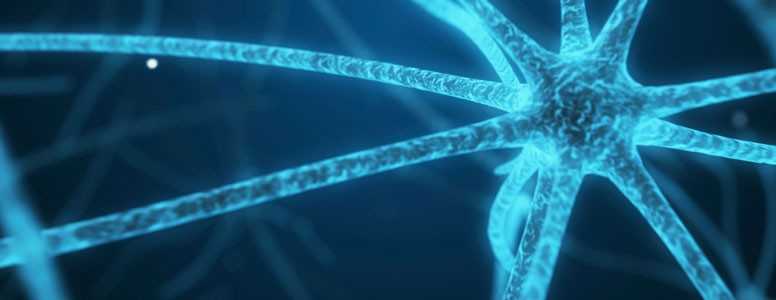Scientists have discovered that the number and severity of muscle cramps that can occur in type 1 diabetes are linked to certain nerve fibres.
Muscle cramps can be common among people with type 1 diabetes, with high blood glucose levels and nerve damage among the possible causes.
Researchers from the University of Toronto have now found that frequent muscle cramps in type 1 diabetes are correlated with small and large nerve fibres, and that nerve damage in type 1 diabetes differs to type 2 diabetes.
The study team recruited 51 participants with type 1 diabetes, 69 with type 2 diabetes and 37 with no diabetes. The severity and frequency of muscle cramps was observed, and participants’ nerve responses were measured in a series of tests.
As expected, those with diabetes experienced greater numbers and strength of cramps. In patients with type 1 diabetes, this correlated with certain nerve features, but not in type 2 diabetes. HbA1c, age and gender were not associated with frequency or severity of cramps.
Explaining the results, the authors wrote: “The correlation of large and small fibre nerve dysfunction seen in 1 [diabetes mellitus type 1] but not in DM 2 [diabetes mellitus type 2] patients might have several explanations. The pathogenesis of nerve injury in DM 1 and DM 2 might differ. One possible explanation is that neuropathy is the primary driver for muscle cramps in younger patients with DM 1, but in DM 2 other factors may play a bigger role in the development and propagation of muscle cramps.”
The researchers say their findings indicate that the origin and proliferation of muscle cramps could extend beyond the motor nerve, unveiling a new opportunity for researching and treating cramps.
“These findings underscore the importance of muscle cramps as a frequent symptom in patients with diabetes,” they said.
The Toronto researchers now plan to examine how and why muscle cramps occur in type 1 diabetes, and if the pathogenesis of muscle cramps goes beyond the motor nerve.
The results have been published online in the journal Clinical Neurophysiology.





